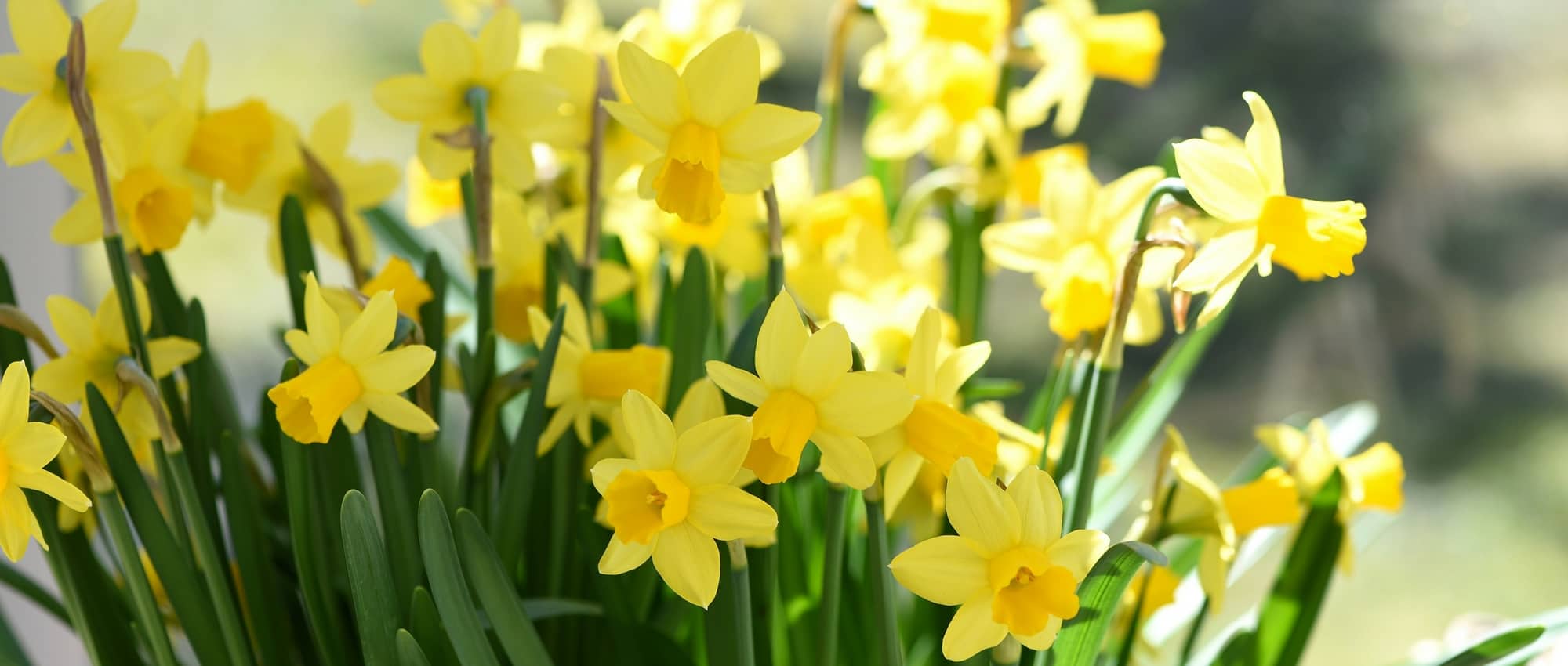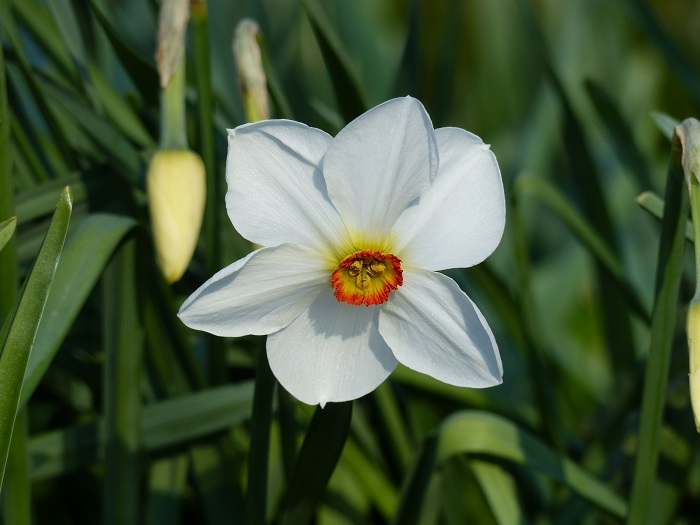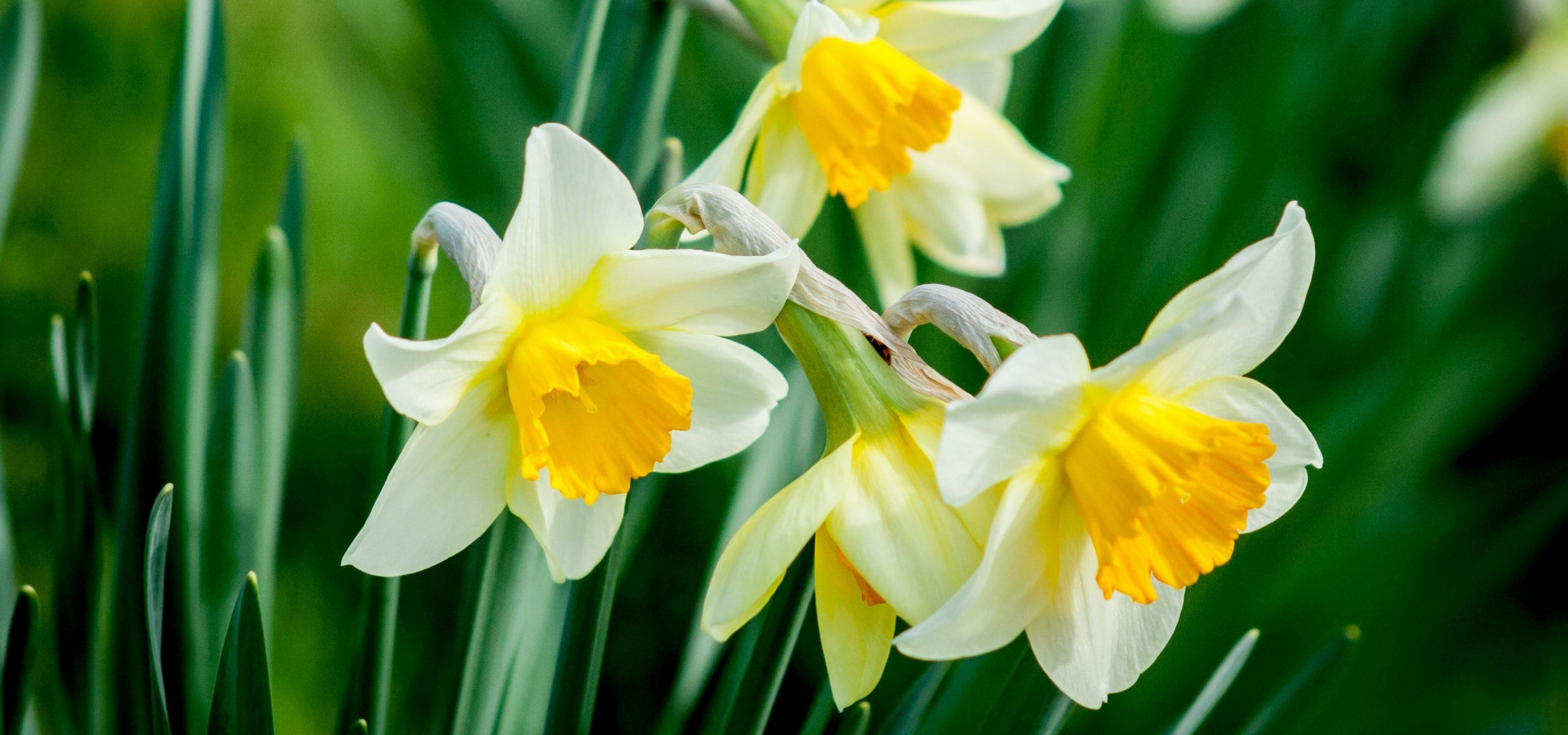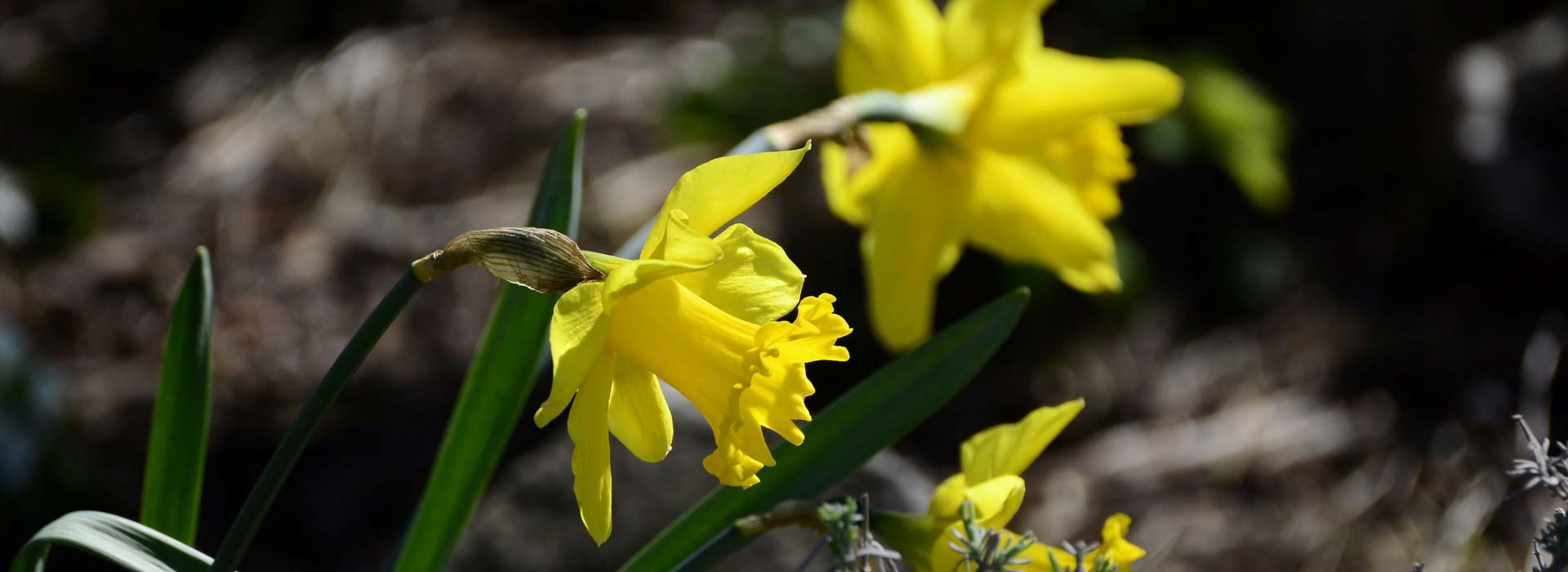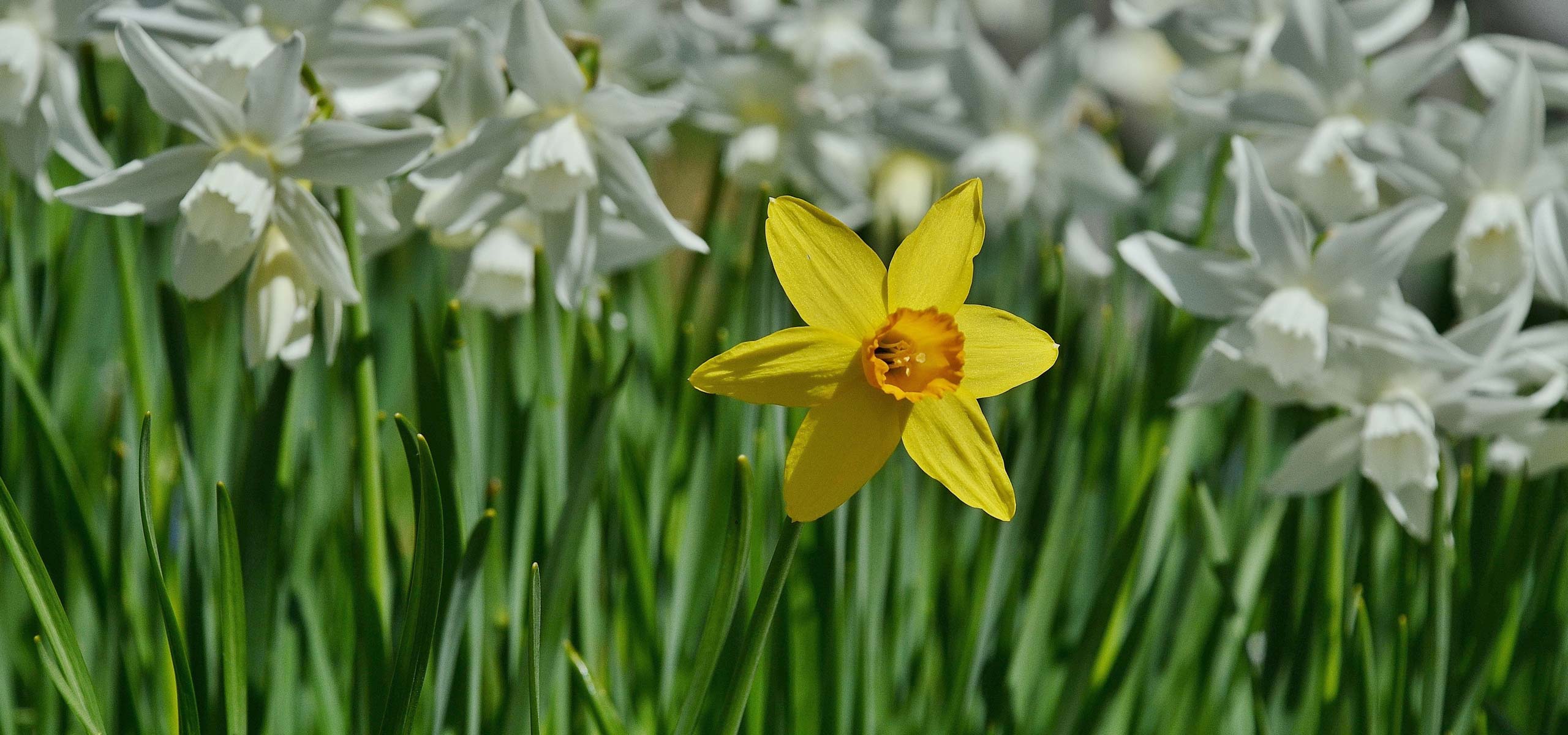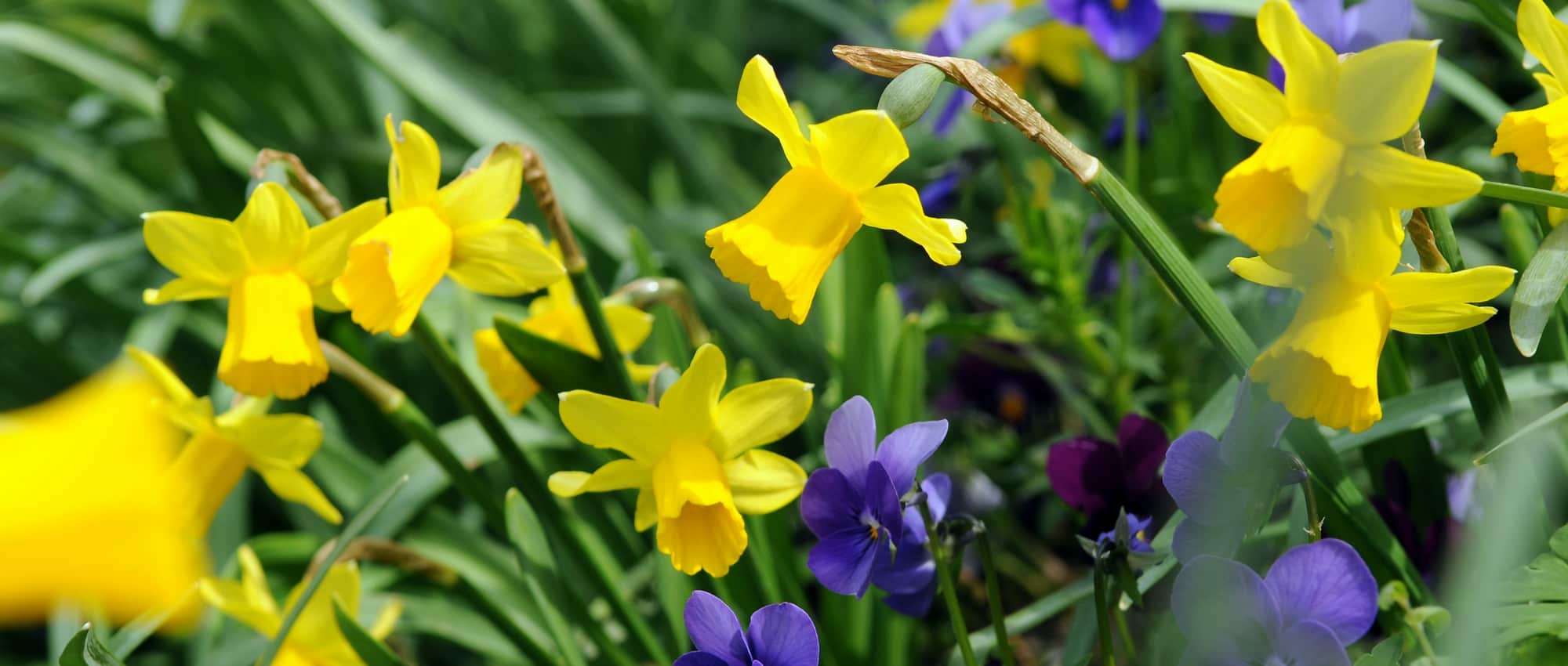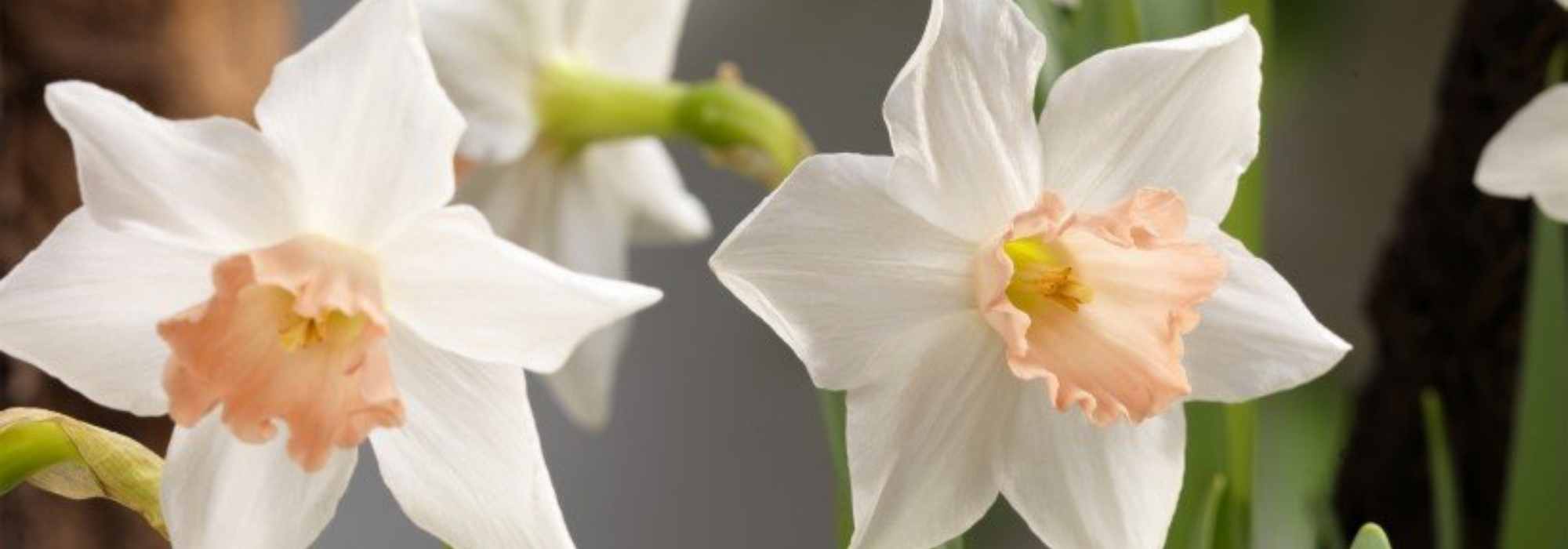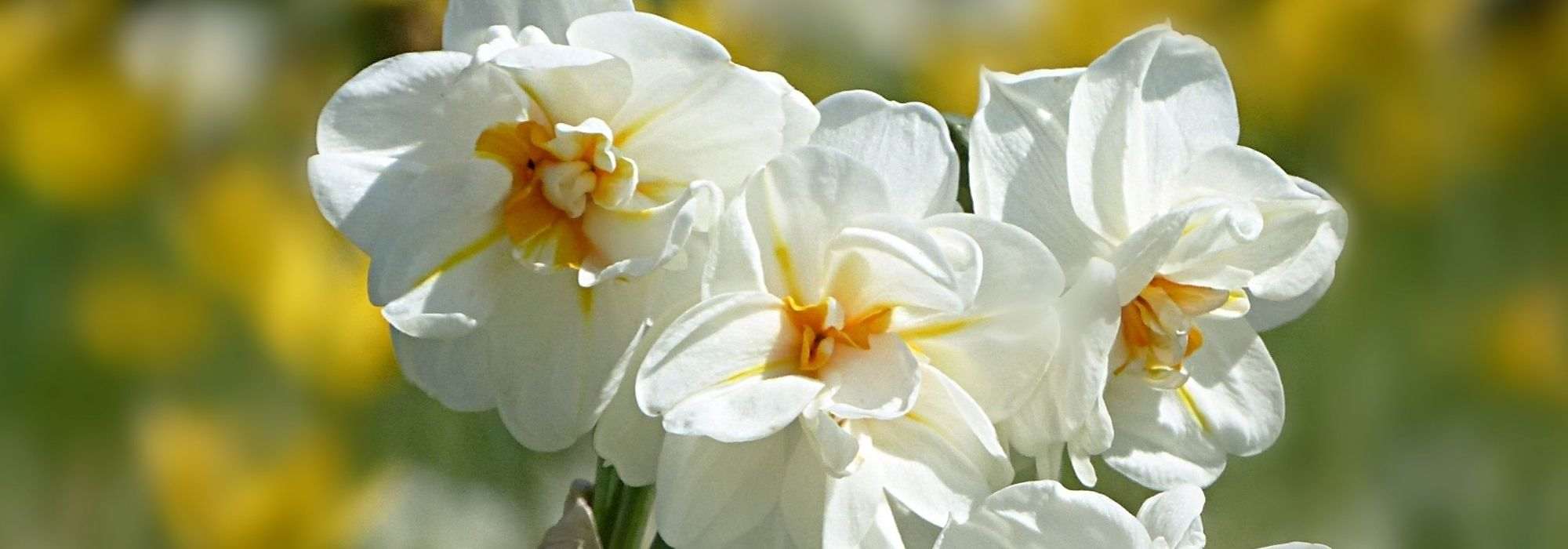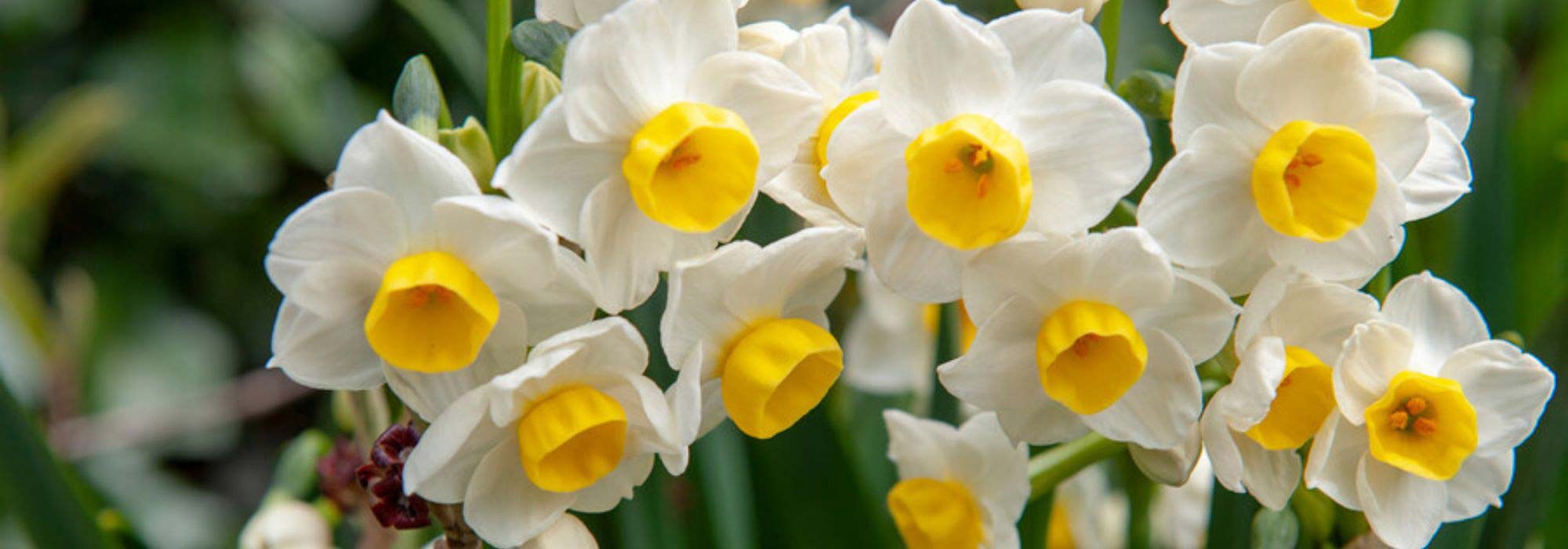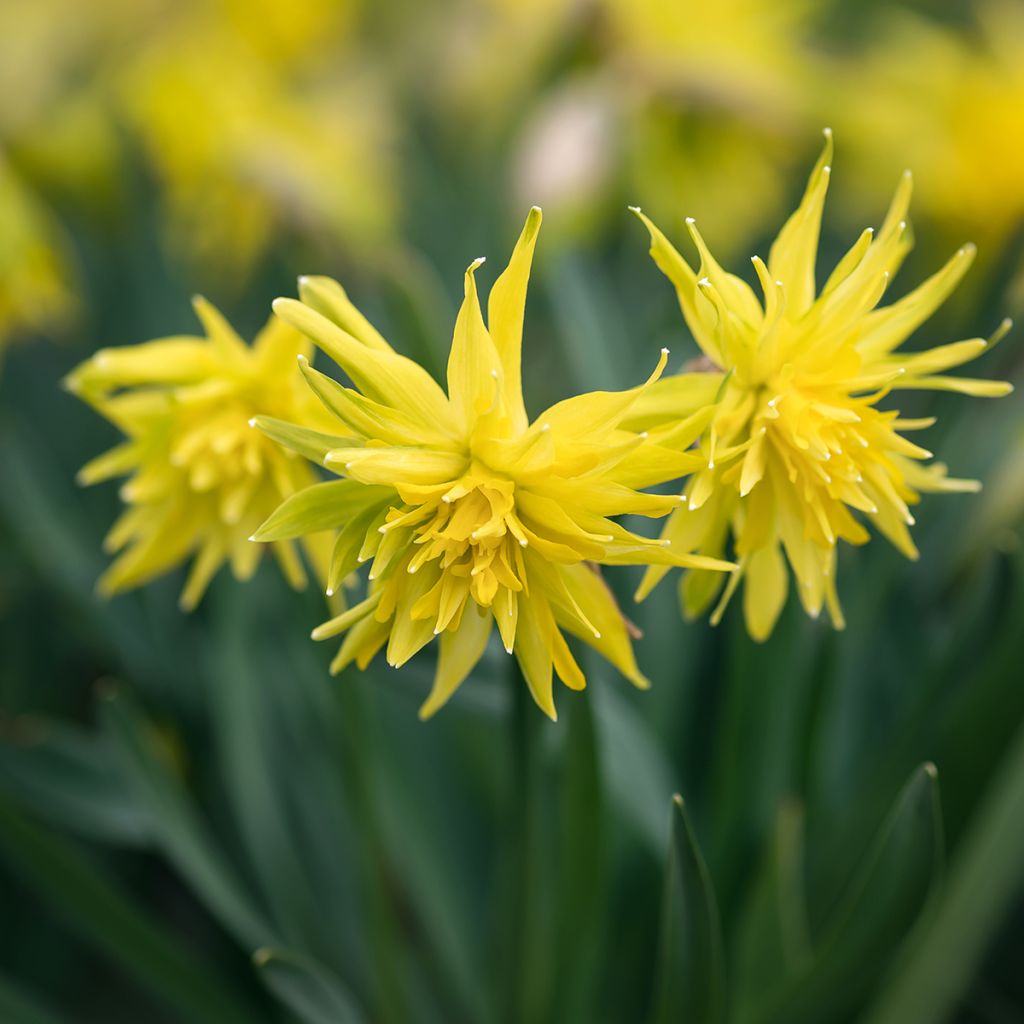

Narcissus pumilus Rip van Winkle
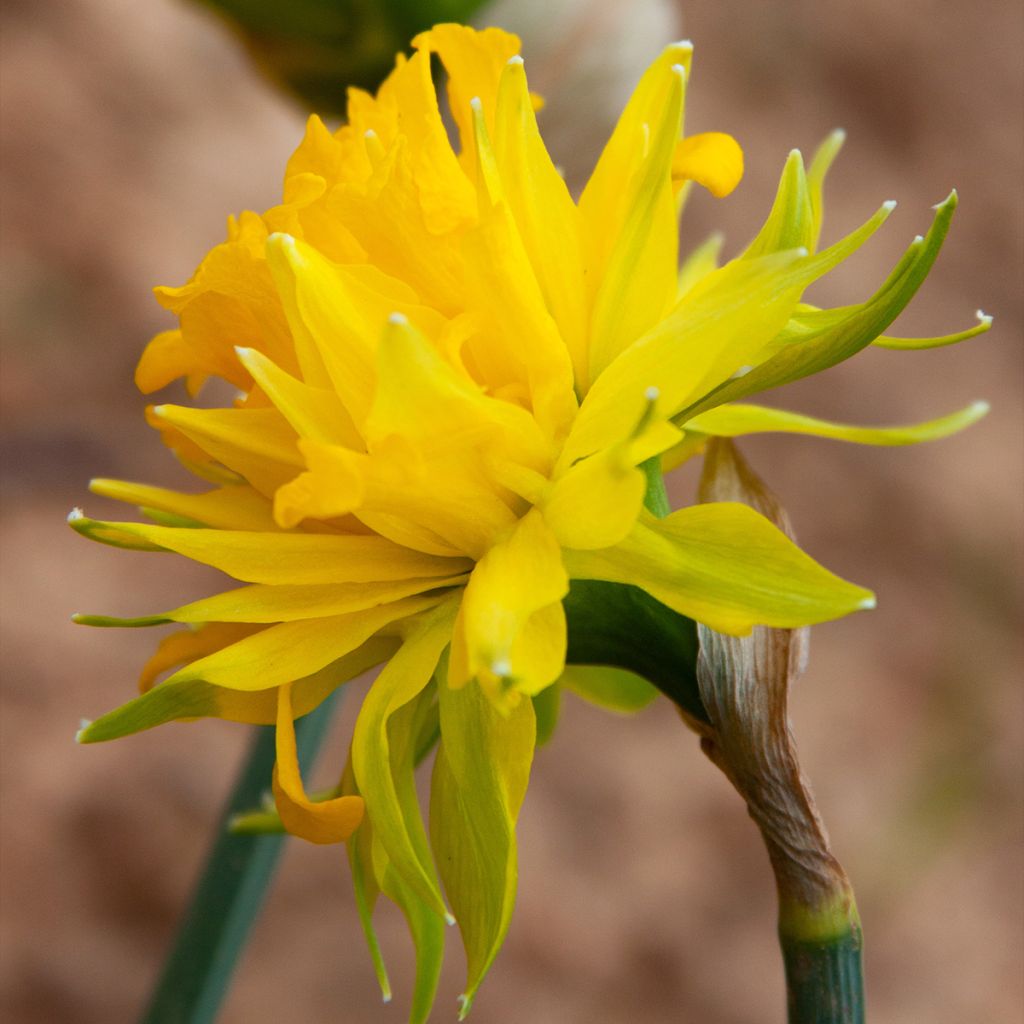

Narcissus pumilus Rip van Winkle
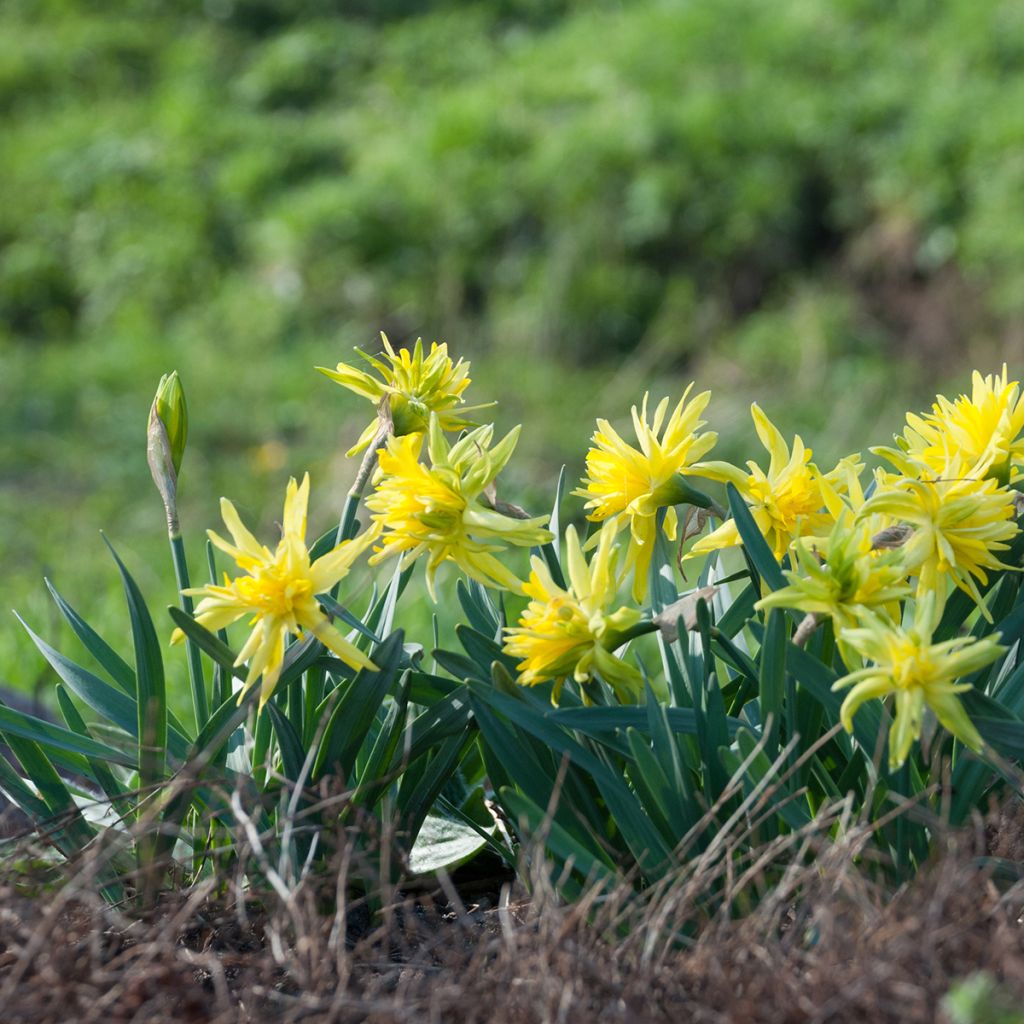

Narcissus pumilus Rip van Winkle
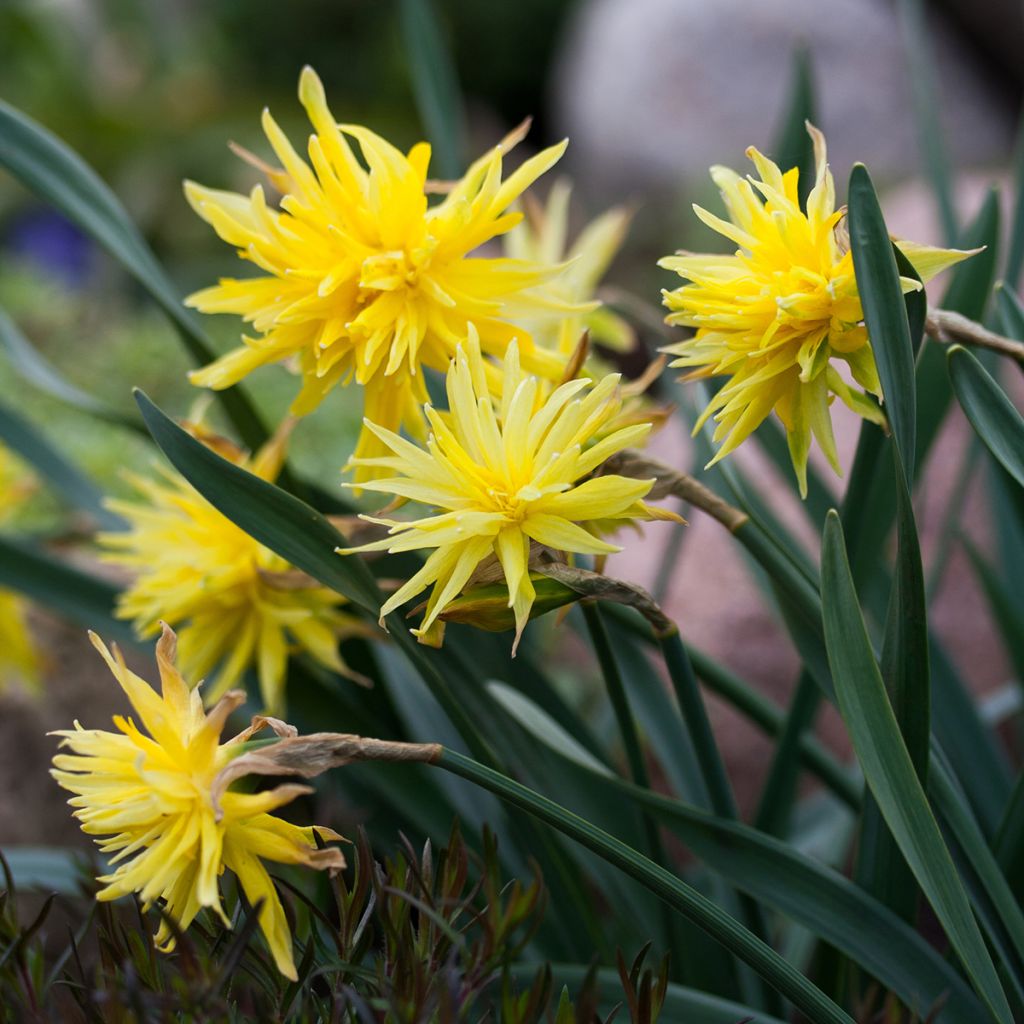

Narcissus pumilus Rip van Winkle
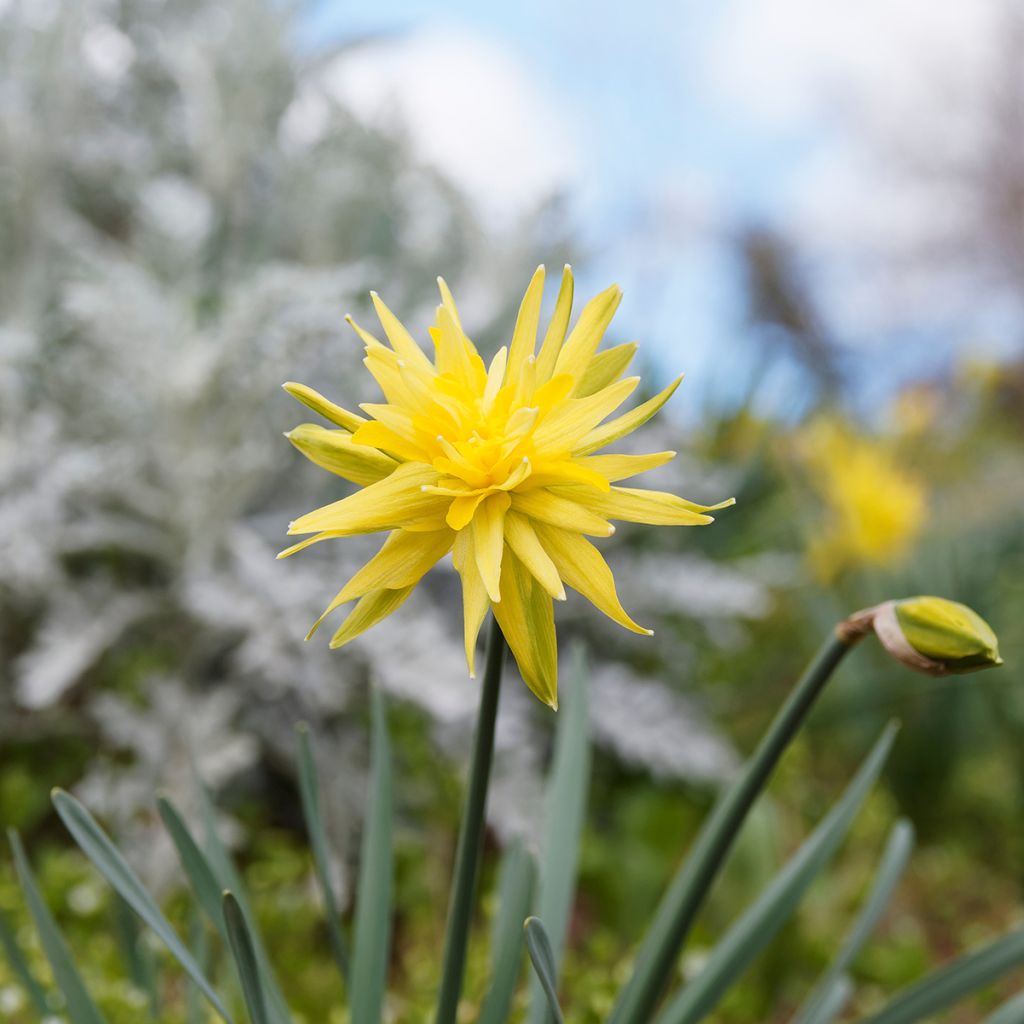

Narcissus pumilus Rip van Winkle
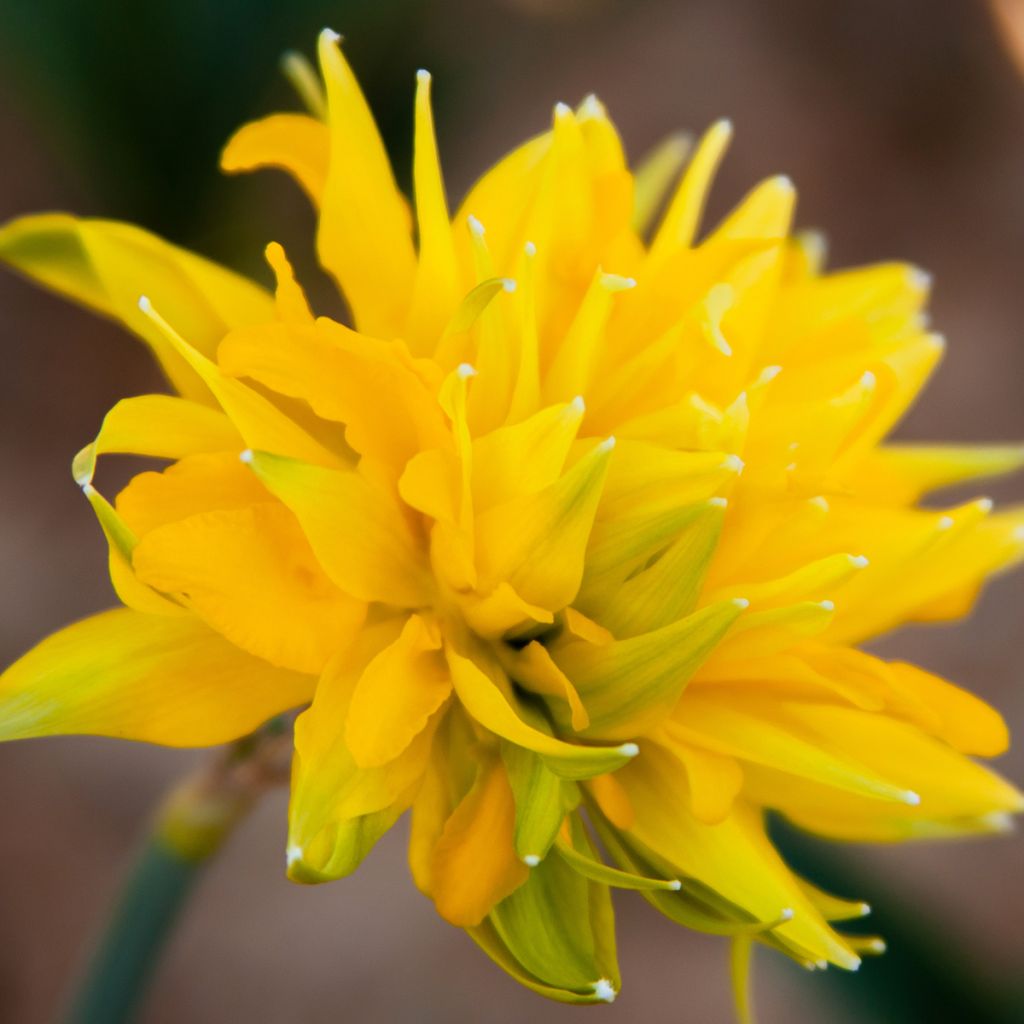

Narcissus pumilus Rip van Winkle
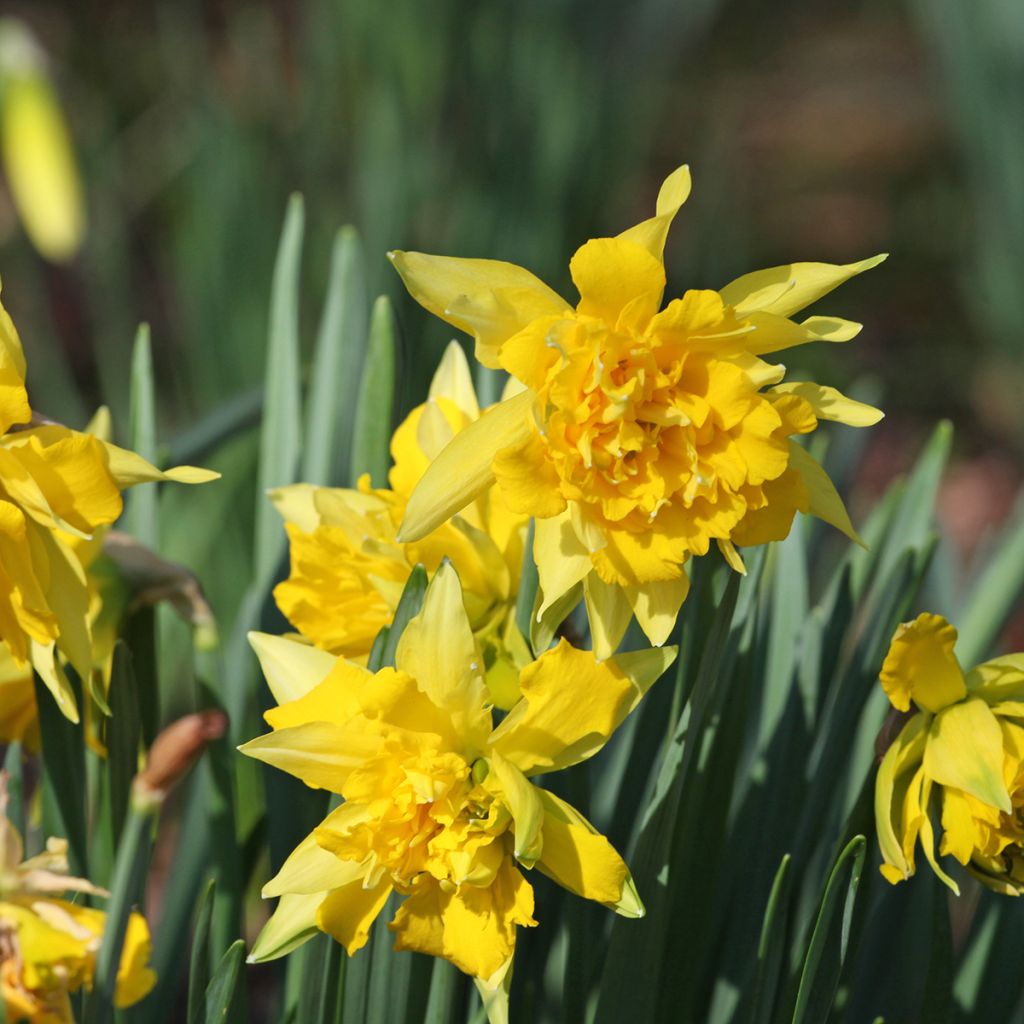

Narcissus pumilus Rip van Winkle
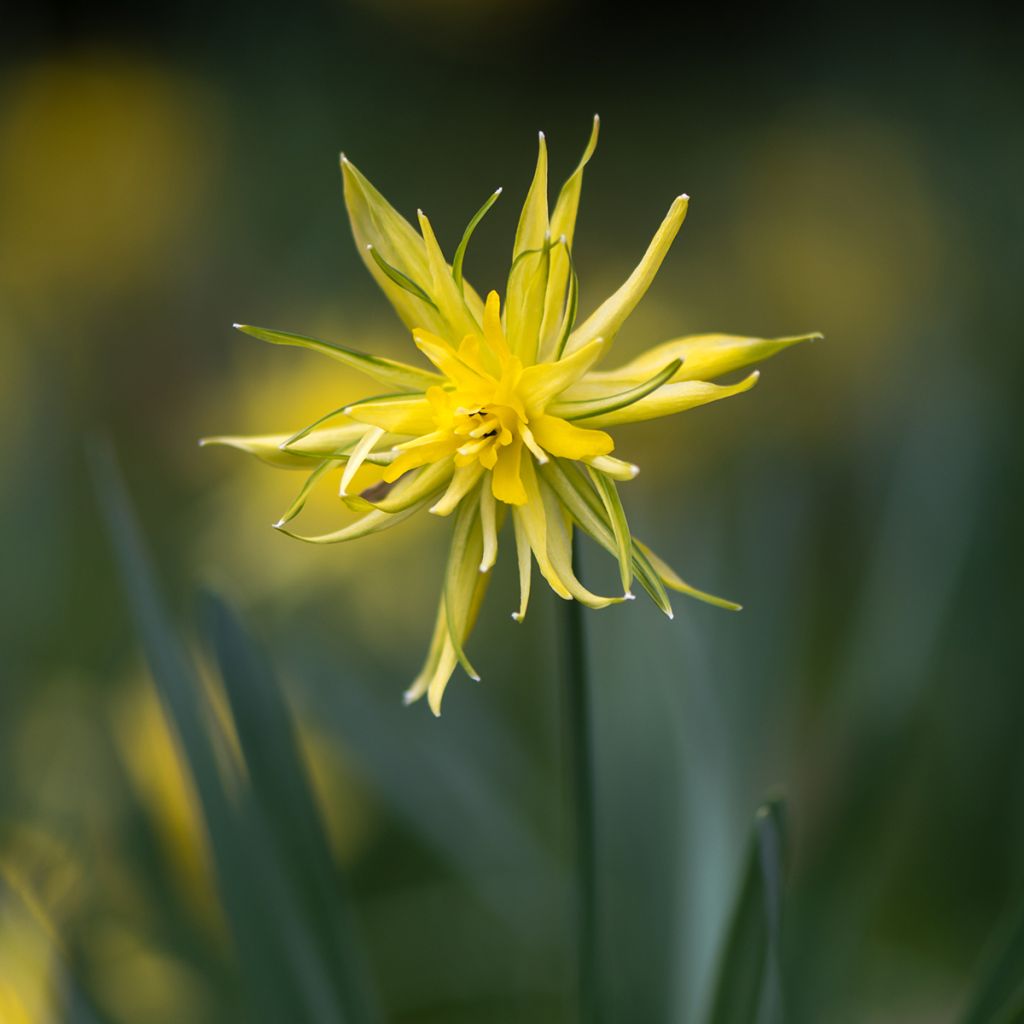

Narcissus pumilus Rip van Winkle
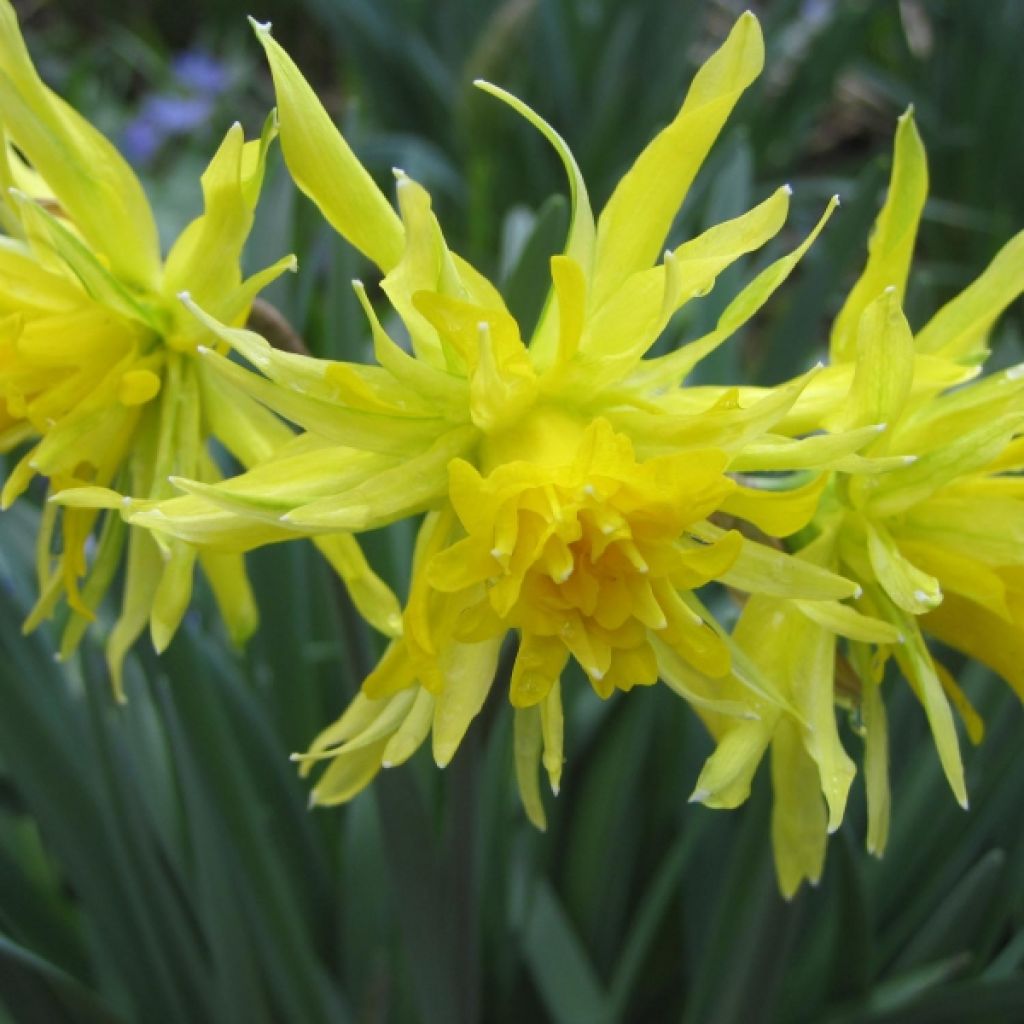

Narcissus pumilus Rip van Winkle
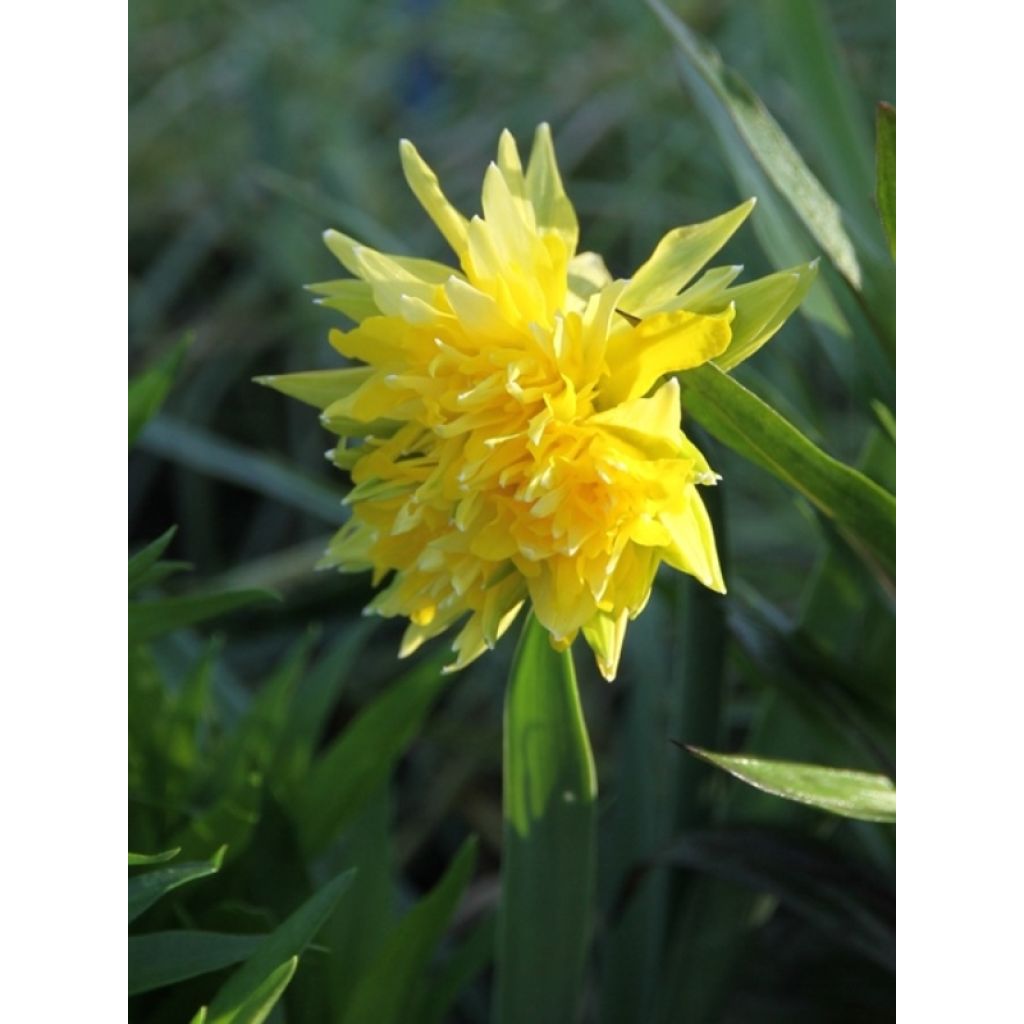

Narcissus pumilus Rip van Winkle
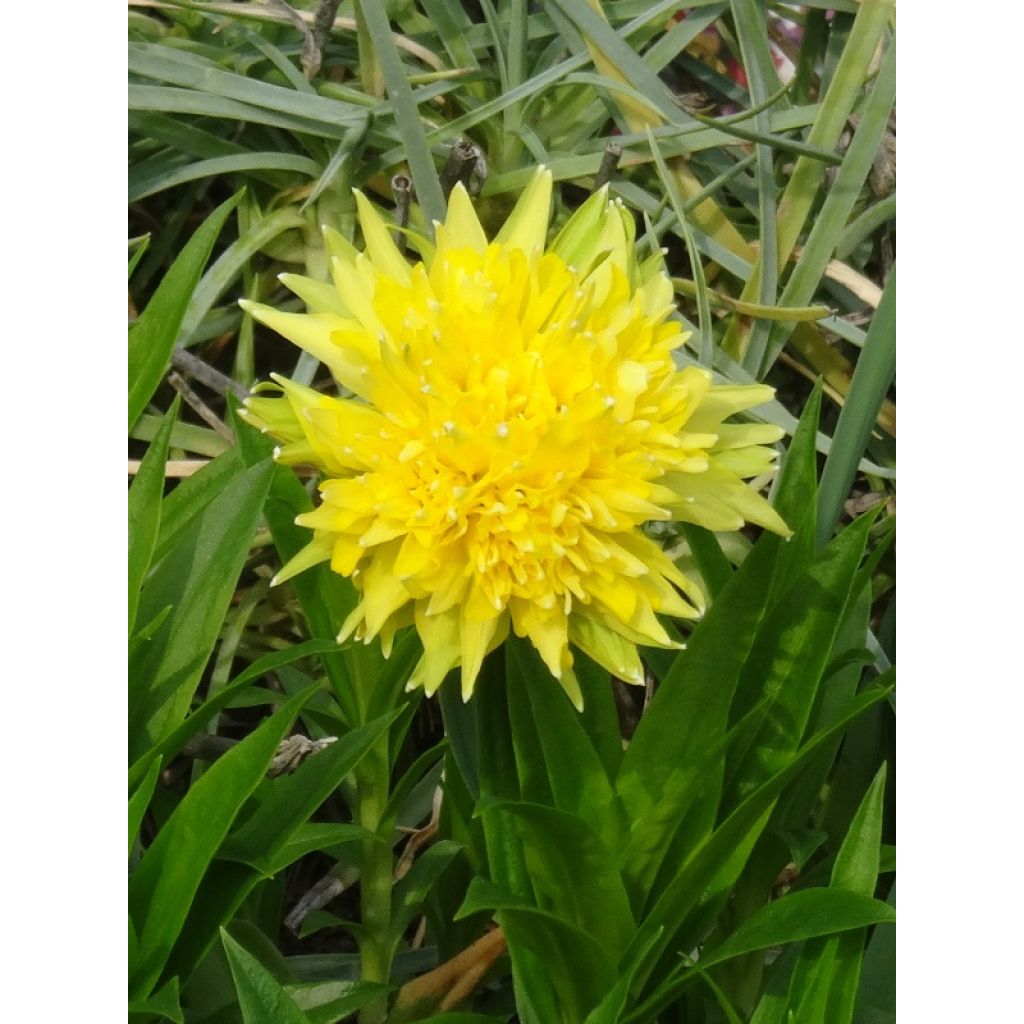

Narcissus pumilus Rip van Winkle
Narcissus pumilus Rip van Winkle
Narcissus pumilus Rip van Winkle
Daffodil 'Rip van Winkle'
Miniature daffodils, all fluffy and bright. They stand strong against the Breton winds.
Véronique , 21/03/2025
Special offer!
Receive a €20 voucher for any order over €90 (excluding delivery costs, credit notes, and plastic-free options)!
1- Add your favorite plants to your cart.
2- Once you have reached €90, confirm your order (you can even choose the delivery date!).
3- As soon as your order is shipped, you will receive an email containing your voucher code, valid for 3 months (90 days).
Your voucher is unique and can only be used once, for any order with a minimum value of €20, excluding delivery costs.
Can be combined with other current offers, non-divisible and non-refundable.
This plant carries a 6 months recovery warranty
More information
We guarantee the quality of our plants for a full growing cycle, and will replace at our expense any plant that fails to recover under normal climatic and planting conditions.

Would this plant suit my garden?
Set up your Plantfit profile →
Description
Narcissus 'Rip Van Winkle' was discovered in Ireland in 1884. It is a charming double-flowered form of N. pumilus (or minor), a botanical species brought back from Spain several centuries ago by Dutch bulb growers. This small, robust bulb carries on its very short stem a singular and endearing flower. It is small, double, and pleasantly tousled. Slender petals of a light and vivid yellow mingle with a few others of a tender green on its gently scented corolla. It blooms early in the season. It naturalises very well in the sun, planted in well-drained soil. Plant it with blue or violet crocuses and botanical tulips.
The double-flowered Narcissus 'Rip Van Winkle' belongs to the Amaryllidaceae family. More precisely, it belongs to division 4 of the large narcissus family, which has 13 divisions. The genus Narcissus includes about 50 species found mainly in Western Mediterranean, but also in Africa and Asia. Narcissus 'Rip Van Winkle' is likely a double-flowered sport of the small N. pumila. It possesses the same robustness and ease of cultivation in well-drained soil. 'Rip Van Winkle' sends up a short and stout stem, measuring 15cm (6in) tall when flowering. It is an early-flowering plant, in March-April, whose yellow-green floral bud gives rise to charming double flowers, 4 to 5cm (2in) wide. They are slightly scented, and somewhat resemble large dandelions. Double-flowered narcissus bear an additional crown of petals and have a long flowering period. The flowers have numerous petaloid tepals. The stamens, transformed into petals, are inserted into a cup-shaped crown or paracorolla. The linear foliage is deciduous and disappears in summer.
There are so many daffodil cultivars that one can enjoy them for three months in spring without ever getting tired. They all have in common the ability to naturalise easily, to offer an infinite range of yellow and white shades, and to often emit sweet fragrances. Grow them in large clumps in lawns or at the edge of flower beds (at least 20 bulbs) for an enhanced effect. Plant 'Rip Van Winkle’ in rockeries and sunny borders with squills, hyacinths, botanical tulips, forget-me-nots, pansies, grape hyacinths, daisies, chamomiles, or liverworts. This daffodil is also perfect in pots.
Daffodils are actually narcissus. They belong to division 7 of the group. Native to Southern Europe and North Africa, they bear flowers grouped in twos or more. There is also the botanical species that has retained the charm of wild plants and thrives in rockeries: N. bulbocodium, N. canaliculatus, N. juncifolius, N. pseudonarcissus are among the prettiest.
For bouquets, we advise against mixing narcissus with other flowers, especially tulips, as daffodil stems contain a substance that causes other flowers to wilt quickly. This detrimental effect on other flower species can be attenuated by dipping the ends of narcissus stems in hot water for 1 to 2 minutes.
Narcissus pumilus Rip van Winkle in pictures
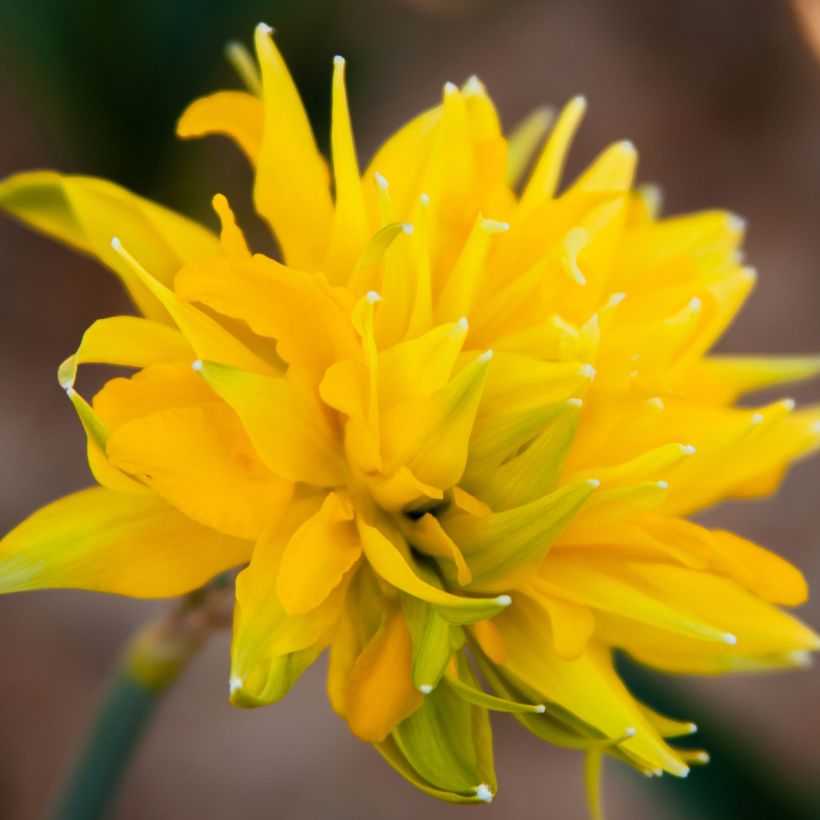

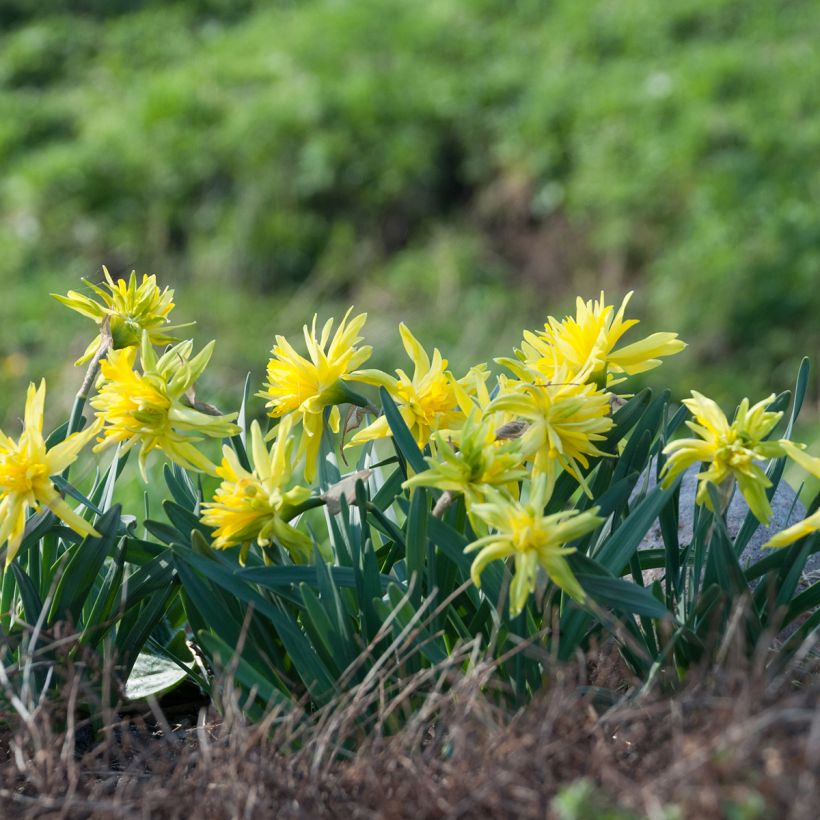

Plant habit
Flowering
Foliage
Botanical data
Narcissus
pumilus
Rip van Winkle
Amaryllidaceae
Daffodil 'Rip van Winkle'
Cultivar or hybrid
Planting and care
Narcissus 'Rip Van Winkle' is low-maintenance and grows in any well-drained and loosened soil, even if sandy or rocky. Results are less favourable in excessively wet or acidic soils. Plant the bulbs from September to mid-December, at a depth of 15cm (6in), maintaining a spacing of 8cm (3in), in a well-sunlit or partially shaded area (at least 3 hours of sunlight per day). Do not disturb them and, each year, your narcissus will produce more and more flowers. Narcissus bulbs remain in the ground from one year to the next.
Remove the faded flowers to prevent the bulb weakening from seed production. You can cut the foliage once it has withered and turned yellow.
If the clumps become dense and less floriferous, they can be divided from July to September when the leaves are dry. Replant the bulbs immediately, discarding any damaged ones.
Planting period
Intended location
Care
Planting & care advice
-
, onOrder confirmed
Reply from on Promesse de fleurs
Haven't found what you were looking for?
Hardiness is the lowest winter temperature a plant can endure without suffering serious damage or even dying. However, hardiness is affected by location (a sheltered area, such as a patio), protection (winter cover) and soil type (hardiness is improved by well-drained soil).

Photo Sharing Terms & Conditions
In order to encourage gardeners to interact and share their experiences, Promesse de fleurs offers various media enabling content to be uploaded onto its Site - in particular via the ‘Photo sharing’ module.
The User agrees to refrain from:
- Posting any content that is illegal, prejudicial, insulting, racist, inciteful to hatred, revisionist, contrary to public decency, that infringes on privacy or on the privacy rights of third parties, in particular the publicity rights of persons and goods, intellectual property rights, or the right to privacy.
- Submitting content on behalf of a third party;
- Impersonate the identity of a third party and/or publish any personal information about a third party;
In general, the User undertakes to refrain from any unethical behaviour.
All Content (in particular text, comments, files, images, photos, videos, creative works, etc.), which may be subject to property or intellectual property rights, image or other private rights, shall remain the property of the User, subject to the limited rights granted by the terms of the licence granted by Promesse de fleurs as stated below. Users are at liberty to publish or not to publish such Content on the Site, notably via the ‘Photo Sharing’ facility, and accept that this Content shall be made public and freely accessible, notably on the Internet.
Users further acknowledge, undertake to have ,and guarantee that they hold all necessary rights and permissions to publish such material on the Site, in particular with regard to the legislation in force pertaining to any privacy, property, intellectual property, image, or contractual rights, or rights of any other nature. By publishing such Content on the Site, Users acknowledge accepting full liability as publishers of the Content within the meaning of the law, and grant Promesse de fleurs, free of charge, an inclusive, worldwide licence for the said Content for the entire duration of its publication, including all reproduction, representation, up/downloading, displaying, performing, transmission, and storage rights.
Users also grant permission for their name to be linked to the Content and accept that this link may not always be made available.
By engaging in posting material, Users consent to their Content becoming automatically accessible on the Internet, in particular on other sites and/or blogs and/or web pages of the Promesse de fleurs site, including in particular social pages and the Promesse de fleurs catalogue.
Users may secure the removal of entrusted content free of charge by issuing a simple request via our contact form.
The flowering period indicated on our website applies to countries and regions located in USDA zone 8 (France, the United Kingdom, Ireland, the Netherlands, etc.)
It will vary according to where you live:
- In zones 9 to 10 (Italy, Spain, Greece, etc.), flowering will occur about 2 to 4 weeks earlier.
- In zones 6 to 7 (Germany, Poland, Slovenia, and lower mountainous regions), flowering will be delayed by 2 to 3 weeks.
- In zone 5 (Central Europe, Scandinavia), blooming will be delayed by 3 to 5 weeks.
In temperate climates, pruning of spring-flowering shrubs (forsythia, spireas, etc.) should be done just after flowering.
Pruning of summer-flowering shrubs (Indian Lilac, Perovskia, etc.) can be done in winter or spring.
In cold regions as well as with frost-sensitive plants, avoid pruning too early when severe frosts may still occur.
The planting period indicated on our website applies to countries and regions located in USDA zone 8 (France, United Kingdom, Ireland, Netherlands).
It will vary according to where you live:
- In Mediterranean zones (Marseille, Madrid, Milan, etc.), autumn and winter are the best planting periods.
- In continental zones (Strasbourg, Munich, Vienna, etc.), delay planting by 2 to 3 weeks in spring and bring it forward by 2 to 4 weeks in autumn.
- In mountainous regions (the Alps, Pyrenees, Carpathians, etc.), it is best to plant in late spring (May-June) or late summer (August-September).
The harvesting period indicated on our website applies to countries and regions in USDA zone 8 (France, England, Ireland, the Netherlands).
In colder areas (Scandinavia, Poland, Austria...) fruit and vegetable harvests are likely to be delayed by 3-4 weeks.
In warmer areas (Italy, Spain, Greece, etc.), harvesting will probably take place earlier, depending on weather conditions.
The sowing periods indicated on our website apply to countries and regions within USDA Zone 8 (France, UK, Ireland, Netherlands).
In colder areas (Scandinavia, Poland, Austria...), delay any outdoor sowing by 3-4 weeks, or sow under glass.
In warmer climes (Italy, Spain, Greece, etc.), bring outdoor sowing forward by a few weeks.






























